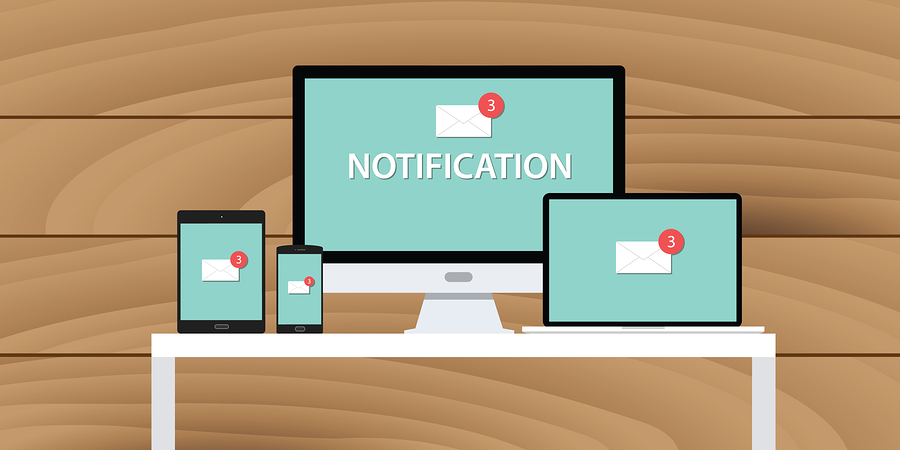The workplace revolution we’re living today is driven by the fact that professionals are seeking a work-life balance. The gig economy is rising and flexible contracts are slowly becoming the norm.
The new generation of workforce wants to have more control over their work schedules; the 9 to 5 work life is likely to disappear soon and it’ll have serious implications on how and where we work.
Yet, we need to consider: does more flexibility necessarily lead to work-life balance?
Tele-pressure: the preoccupation and urge to immediately check our work email, is an issue that’s affecting all types of workers–even flexible ones. This is a serious problem that many have been addressing, as constant email checking has been linked to increased amounts of stress and lower productivity levels.
Regardless of where or how we work, email remains the most used method of communication for work-related topics. Granted, collaboration apps have become popular over the last couple of years, but the problem remains the same: workers are constantly ‘on’ and connected.
Even those with flexible schedules are having a hard time finding work-life balance.
Dan Calista, CEO of Vynamic, created the zzzMail policy to encourage workers to “unplug, recharge, and refresh” when outside office hours. Calista explains that this policy states that team members are to refrain from sending emails during the weekend and holidays as well as between 10pm and 6am during the week.
An inspiring approach that can also be applied to freelancers and remote workers.
Flexible working is about being, well, flexible, in terms of schedule and location. While it might seem contradictory to encourage policies like zzzMail for flexible workers, it’s about motivating workers to disconnect from work to focus on other aspects of the day to day life.
Admittedly, not everyone works best during ‘regular hours’ and, in our industry, flexible workspace providers are beginning to offer night and weekend schedules. Though on surface level Vynamic’s zzzMail policy might seem about discouraging working during ‘odd hours’, Calista explains that that is not the case. “It’s about being mindful of the receiver. Instead of hitting the send button, save your emails or ideas as a draft until a more appropriate hours or day.”
With cell phones, computers, laptops, tablets, and watches sending push notifications and interrupting our day to day life constantly, waiting some hours or a day to send an email is a small gesture that can help you and those you work with achieve work-life balance by sending / receiving less notifications, therefore focusing more on the non-work tasks or activities at hand.
Remote teams might have a harder time than freelancers when doing this, especially if the team has various members on different time zones. For this, Calista suggests talking over working hours with all members and either establishing the same schedule for all and rotating it every other week, or having team members establish when it is and when it’s not ok for them to receive work emails.
So, does flexibility lead to work-life balance? It can, as long as we remember that we shouldn’t be working and connected to work email and communication 24/7. For office workers, it’s an easier task, as they have their schedules dictated by their company, for flexible workers…it becomes tricky to not blur the lines and overstep them.
“Work-life balance is a commitment we make.”


 Dr. Gleb Tsipursky – The Office Whisperer
Dr. Gleb Tsipursky – The Office Whisperer Nirit Cohen – WorkFutures
Nirit Cohen – WorkFutures Angela Howard – Culture Expert
Angela Howard – Culture Expert Drew Jones – Design & Innovation
Drew Jones – Design & Innovation Jonathan Price – CRE & Flex Expert
Jonathan Price – CRE & Flex Expert












